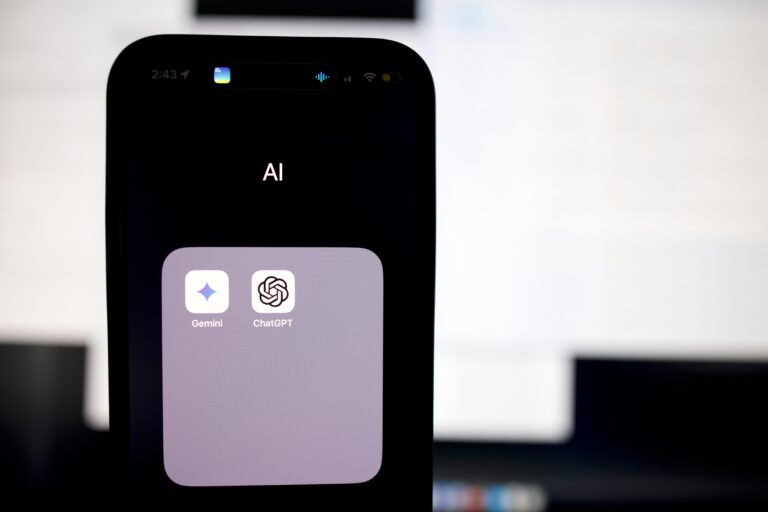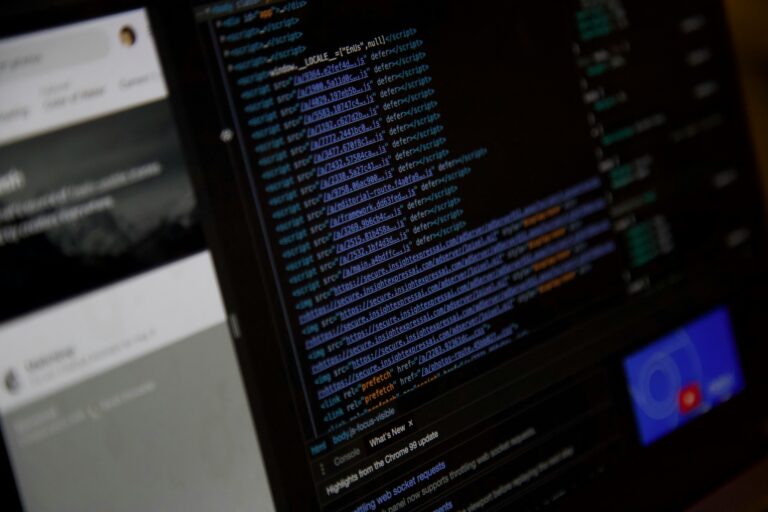A conversation with Paul Rivas
For the past twenty years, Paul Rivas has been putting the science of learning into action. As the founder of Smith Rivas, he has been helping students learn study skills. His upcoming book, This Book Will Not Be on the Test: The Study Skills Revolution, will be released in February, 2019. Rivas lives in Washington DC, where we sat down for a talk. In helping students learn how to set goals, Paul sets aside the usual SMART goal concept. That is Specific, Measurable, Achievable, Relevant and Timely. Instead, he tasks students to ask themselves some core questions. For example, why bother improving? How will I benefit? Will I gain more free-time, will I be able to play on the baseball team, will if gain a skill that will give me more opportunities?
Goal setting. “The why is really important,” Rivas clarifies, “there has to be a reason behind every step taken, and it’s got to make good sense in the context of all the other steps. Goals without reasons. Well, those really aren’t your goals, maybe they’re your parents’ goals.”
When making goals, Rivas tells students to make a four-column goal or to-do list, with paper and pencil. The first column should detail the task to be completed, and the second column is the estimate of how long it will take to achieve. When and why the goal should be completed during the time allotted fills in column three. Finally, according to Rivas, the fourth column is the most important: ”How did it go and why?” “Reflection is probably the most important step in the process of committing to learning things more efficiently,” Rivas adds. This step is most often left out, especially when the task was successful. It’s crucial, he says, and the best way to make sure that you’re working towards improvement.
Creating Meaning. Rivas also encourages students to connect what they know. This is the secret to learning, he asserts. He compares making connections to new learning to a quilt, versus a junk drawer, of storing new information. Basically, we can throw our new learning into a junk drawer, which makes it really difficult to retrieve, or even ever use again. On the other hand, we can file that information by connecting it to something we already know or understand. Just like a quilt, where each patch is connected and organized to two, three, four or more other patches. “There are always ways to make connections. What does what I’m learning have to do with my life, what does it remind me of,” he says. “The sillier and funner, the better.”
Emotions and Learning. In coaching students, Rivas finds that it’s very important to help students understand and deal with emotions that come up when learning. For example, when something feels overwhelming, and students begin to flounder, it’s helpful that they develop emotional resilience. As Rivas explains, “School is hard – learning is hard – you’re supposed to be suffering, making faces and crying every now and then. If it’s not hard, you’re not actually learning.”
If we teach students how to understand why learning can be hard, and why it’s worth overcoming those difficult times, they can manage their emotions and remind themselves that learning is sometimes hard, and it’s ok. When it comes to learning, I found Rivas’s discussion of overconfidence really powerful. According to Paul, there are basically three ways for students to lose points on a test. First, they make a silly mistake, the kind that we’re all vulnerable to making. Second, they hadn’t been exposed to the concept because maybe they were absent that day. Third, and the best way to lose points, he contends, is that they were overconfident.
Overconfidence. “The only way to combat overconfidence is to be tough enough to quiz yourself and discover that you don’t know that and then to not be discouraged and let your emotions take over.” He adds that students should review, using a study guide that they create, based on the academic goals of the test. He adds, when students review their guide, “if it doesn’t bore you, then you’re not overconfident.”
–Ulrich Boser Image source: Paul Rivas – Twitter



